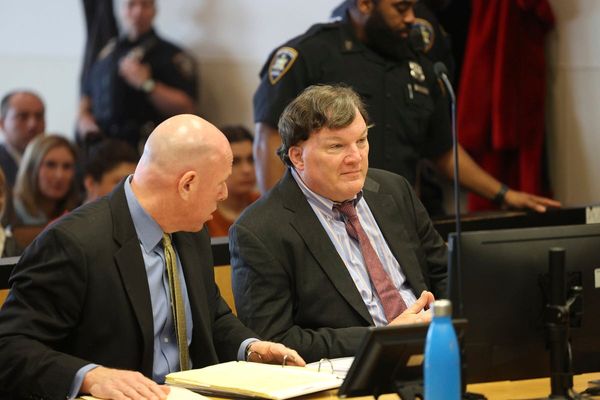A decision to fill in abandoned mine shafts in one of WA's lesser-known gold mining communities has been met with backlash from locals who say it will destroy parts of the town's history.
Donnybrook in the state's South West is known for its horticulture industry and road-side playground, but for a short time more than a century ago it was home to miners capitalising on the discovery of gold in the area.
Remnants of the gold rush remain in the form of dozens of mine shafts scattered around state forest two kilometres south of the town.
A year ago a dog fell down a six-metre abandoned shaft, prompting the Department of Mines, Industry Regulation and Safety (DMIRS) to fast-track plans to backfill 10 of the shafts.
The head of the Donnybrook Historical Society, Steve Dilley, said he was disappointed by the move.
"Donnybrook is unique in its gold productivity and unfortunately some of that physical evidence and physical history is going to be destroyed," he said.
Gold mining was a significant and not-well-known part of Donnybrook's backstory, he said.
"One of the shafts in particular, called the Queen of the South, there was 320 tonnes of ore that was hand-mined by miners going down shafts ... they got 35 kilos of gold out of that.
"There is nowhere else in the South West that produced significant gold; if you want to go to other gold mines, you've got to go to the eastern Goldfields."
Cassie Warren lives near the mine shafts and her dog, Sage, had to be rescued from one of the holes last year.
She said something needed to be done to protect the safety of people and animals, but she was not sure backfilling was the answer.
"Some of them are just deep and you can't see the bottom of them [but] there's a lot of history with the mine shafts here in Donnybrook.
Despite admitting the shafts are "dangerous", the Shire of Donnybrook has backed calls to protect the history of the area and is looking at other options to improve safety at the site.
Backfilling the best way forward
DMIRS Abandoned Mines Program general manager Tara Read said she had approval from the state government land manager to proceed with filling the shafts.
"They had identified some risks to forestry workers of the shafts adjacent to an access track through the forest block," Ms Read said.
"The risk of the areas are assumed by the land manager — in this case DBCA (Department of Biodiversity, Conservation and Attractions) — and they've requested us to go ahead with the work to address the risks that are there.
Ms Read said a range of other options had been considered but filling the shafts closest to the track was the best way forward.







